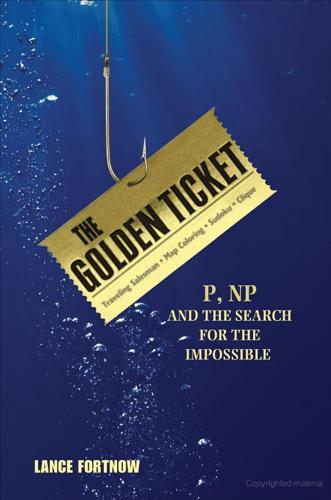
The Golden Ticket: P, NP, and the Search for the Impossible
by
Lance Fortnow
Published 30 Mar 2013
Again, you need three colors to color Tennessee, Virginia, West Virginia, Ohio, Indiana, Illinois, and Missouri, and a fourth to color Kentucky. Figure 6-2. U.S. Map. Take any map where there is some state surrounded by a ring of an odd number of other states and that map needs four colors. Here is a map of the provinces of Armenia. Figure 6-3. Armenia. There are only two provinces that lie entirely within Armenia. Kotayk’ has six neighbors and the capital province of Yerevan has four neighbors. Every state that doesn’t border the ocean has an even number of neighbors. So the heuristic says we might be able to color this map with three colors, and we can.
…
Chapter 2 Nearly everything in this chapter, except the section on Occam’s razor, is a figment of my imagination meant to illustrate the unlikely world of P = NP. Chapter 3 On Milgram’s experiment, see Stanley Milgram, “The Small World Problem,” Psychology Today 2, no. 1 (1967): 60–67. The Bacon number calculation is from the Internet Movie Database. For a readable story of the four-color problem, see Robin Wilson, Four Colors Suffice: How the Map Problem Was Solved (Princeton, NJ: Princeton University Press, 2004). Chapter 4 The quotation from Cook is actually a paraphrase in modern terminology of the original quotation from his seminal paper. The original reads as follows: The theorems suggest that {tautologies} is a good candidate for an interesting set not in L*, and I feel it is worth spending considerable effort trying to prove this conjecture.
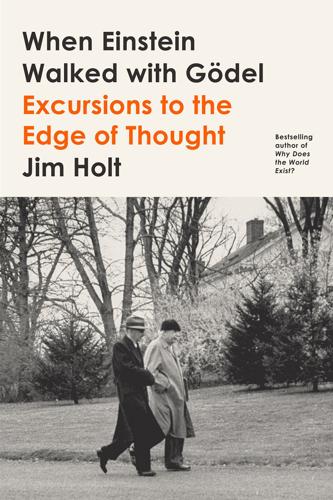
When Einstein Walked With Gödel: Excursions to the Edge of Thought
by
Jim Holt
Published 14 May 2018
For intellectual richness and aesthetic variety, a world of three dimensions is world enough. 10 A Comedy of Colors A century and a half ago, a student who was coloring a map of England noticed that he only needed four colors to do the job—that is, to ensure that no counties sharing a border, such as Kent and Suffolk, got the same color. This led him to guess that four colors might be sufficient for any map, real or invented. He mentioned this idle surmise to his brother. His brother in turn mentioned it to a distinguished mathematician, who, after a little experimentation to see if it looked plausible, tried and failed to prove that it was true. In the decades that followed, many other mathematicians, along with innumerable amateurs—including a great French poet, a founder of American pragmatism, and at least one bishop of London—were similarly engrossed and confounded by the map problem.
…
Still, it is instructive to approach the matter by way of a glance at an actual atlas. Turn to a map of Europe, and look at the part consisting of Belgium, France, Germany, and Luxembourg. Each of these countries shares a border with the other three, so it is pretty obvious that they cannot be distinguished with fewer than four colors. You might think that four colors would be needed only when a map contains a quartet of mutually neighboring regions like this. If you do, turn to a map of the United States, and look at Nevada along with the five states that ring it (California, Oregon, Idaho, Utah, and Arizona). No four of these states are mutually neighboring, the way Belgium, France, Germany, and Luxembourg are.
…
Yet the cluster as a whole cannot be distinguished with fewer than four colors, as you can easily verify. On the other hand—and this may shake your intuition a bit—Wyoming and the six states that ring it can be distinguished with a mere three colors. Some maps need four colors: that much is patent. What the four-color conjecture asserts is that there is no possible map that needs more than four colors. What would it mean to “resolve” this conjecture? There are two possibilities. Suppose—as some mathematicians have believed—the conjecture is false. Then drawing just one map that required five or more colors would clinch the matter. (In the Scientific American of April 1975, Martin Gardner published a complicated map, consisting of 110 regions, that he claimed could not be colored with fewer than five colors.
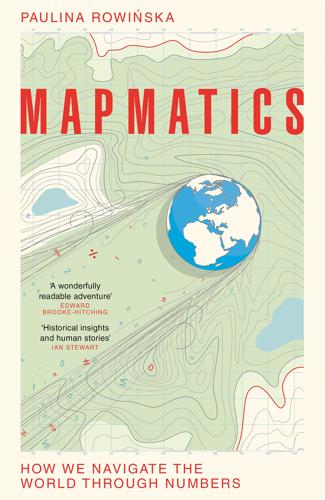
Mapmatics: How We Navigate the World Through Numbers
by
Paulina Rowinska
Published 5 Jun 2024
College Mathematics Journal 35, no. 3 (2004): 198–207, https://doi.org/10.2307/4146895. Travelling Salesman Problem Cook, William J. In Pursuit of the Traveling Salesman: Mathematics at the Limits of Computation. Princeton: Princeton University Press, 2011. Four Colour Theorem Appel, Kenneth, and Wolfgang Haken. ‘The Solution of the Four-Color-Map Problem’. Scientific American 237, no. 4 (1977): 108–21, https://doi.org/10.1038/scientificamerican1077-108. Wilson, Robin. Four Colors Suffice, rev. ed. Princeton: Princeton University Press, 2013. 6. Divided Gerrymandering Cho, Wendy K. Tam, and Yan Y. Liu. ‘Toward a Talismanic Redistricting Tool: A Computational Method for Identifying Extreme Redistricting Plans’.
…
vertices with more than four neighbours: kabenyuk, post to ‘How to construct a planar graph (or a class of planar graphs) with minimum degree 5 of diameter 2?’, Mathematics Stack Exchange, 9 November 2022, 12:02, https://math.stackexchange.com/questions/4572624/how-to-construct-a-planar-graph-or-a-class-of-planar-graphs-with-minimum-degre. this policy was essential to our success: Kenneth Appel and Wolfgang Haken, ‘The Solution of the Four-Color-Map Problem’, Scientific American 237, no. 4 (1977): 108–21, https://doi.org/10.1038/scientificamerican1077-108. It is also conceivable that no such proof is possible: Appel and Haken, ‘The Solution’. started teaching future mathematicians to use them: Emily Riehl, course website for Math 301: Introduction to Proofs, Johns Hopkins University, Spring 2019, https://math.jhu.edu/~eriehl/301-s19/. 6.
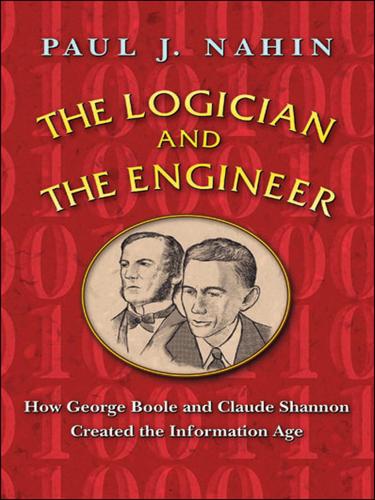
The Logician and the Engineer: How George Boole and Claude Shannon Created the Information Age
by
Paul J. Nahin
Published 27 Oct 2012
Since the 1976 computer-based proof that, in general, it requires four colors to color a planar map, we know that there are maps for which three colors would not be sufficient. But, nevertheless, there are particular maps for which three colors are enough. There is, alas, no efficient algorithm known that can distinguish between three-color and four-color maps, and so having a quantum computer available would be of no help. And even when a quantum algorithm is known, it may not result in a polynomial time computation. Grover’s search algorithm is such a case because, while is indeed faster than N, we know from our earlier discussion of the factoring problem that is still exponential and not polynomial.
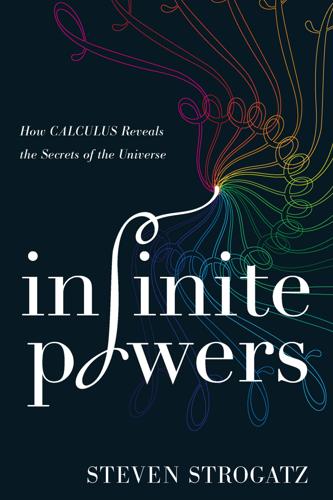
Infinite Powers: How Calculus Reveals the Secrets of the Universe
by
Steven Strogatz
Published 31 Mar 2019
In parts of mathematics and science, we are already experiencing the dusk of insight. There are theorems that have been proved by computers, yet no human being can understand the proof. The theorems are correct but we have no insight into why. And at this point, the machines cannot explain themselves. Consider the famous long-standing math problem called the four-color map theorem. It says that under certain reasonable constraints, any map of contiguous countries can always be colored with just four colors such that no two neighboring countries are colored the same. (Look at a typical map of Europe or Africa or any other continent besides Australia and you’ll see what I mean.)
…
See formulas Eratosthenes, 42, 49 Erdős, Paul, 294 Euclid, 32, 90–91, 188, 236 Eudoxus, method of exhaustion used by, 32 exponential functions, 127–28 exponential growth and decay, 137–39, 220–24, 251 F facial surgery, 53–56, 56 falling bodies, 66–69 Faraday, Michael, x–xi FBI fingerprinting technology, 107–13, 257 feedback loop, 138 Ferguson, Samuel, 294 Fermat, Pierre de analytic geometry, 101–3 background, 100 contributions of, 93, 120–21, 194 Descartes rivalry, 98–99 FBI fingerprinting technology, 107–13 optimization, 103–7 principle of least time, 113–18, 319n118 tangents, 118–20 xy plane, 96–97 Feynman, Richard, vii, viii–ix, 295–97 Finding Nemo (movie), 50 fingerprints database, 107–13 finite decimals, 10 fluxions, 184 foci (focal points), 81–82 force, 230–31, 252, 258 formulas circle, area of, 7, 33 force and motion, 230–31, 252, 258 functions of one variable, 124 fundamental theorem, 179–80, 211 HIV decay, 221–22 Kepler’s third law, 85 parabolic segment, 38, 39 pi, bounds of, 32 power series (area of circular segment), 190, 191 sine waves, derivative of, 258 velocity, 173 forward problem, 144–46, 175, 179–80 four-color map theorem, 293 Fourier, Jean Baptiste Joseph applications of work, 256 Fourier analysis, 267 heat flow, 249–52 string theory, 252–56 Fourier analysis, 267 Fourier series, 254 fourth dimension, 287–91 frequencies, 254, 256, 259–60 friction, 69–70, 232–33, 245 Fuller, Brock, 275 functions applications of, 125–26 exponential functions, 127–28 exponential growth and decay, 137–39 linear functions, 146–49 logarithms, 131–34 natural base (e), 134–37 nonlinear equations, 149–54 power functions, 126–27, 182 scientific notation, 128–31 three central problems of, 144–46 xy plane, 124–25 See also derivatives fundamental theorem backward problem, 180–85 constant acceleration, 172–75 differentials, 209–11 discovery of, 168–69 equation for, 179–80, 211 Leibniz’s approach to, 211–18, 213 local vs global operations, 185–86 meaning of, 179–80 motion and change, 169–72 Newton on, 182, 193–94 “paint-roller” proof, 175–79, 178 future directions, 271–94 chaos, 281–82 computers, 285–87 determinism, 277–79 dimensions, four or more, 287–91 DNA, 273–76 nonlinearity, 279–80 Poincaré’s vector fields, 282–84 predictions, 273 radar, 284–85 G Galilei, Galileo, 64–76 background, 64 constant acceleration, 173 contributions of, 59–60, 86–88 Discourses and Mathematical Demonstrations Concerning Two New Sciences, 65 falling bodies, 66–69 functions of one variable, 124 house arrest, 65–66 ideal conditions, 69–71 vs Kepler, 85–86 observations with telescope, 65 pendulums, 71–77 power functions, 126–27 principle of inertia, 231 religious beliefs, 65 Two New Sciences, 68, 70, 71–72 Galilei, Virginia (Maria Celeste), 64, 65 Gamba, Marina, 64 Gauss, Carl Friedrich, 261 geometric series, 39 geometry algebra, merge with, 93–96, 98 analytic geometry, 101–3 area of a circle, 4–8 birthplace of, 90 harmony and, 49 Kepler on, 60, 79–80, 82 in Nature, 70 Plato on, 60 Geometry (Descartes), 119 Geri’s Game (movie), 51–52, 52 Germain, Sophie, 260, 261–62 Gilbert, William, 87 Glenn, John, 237–38 global operations.
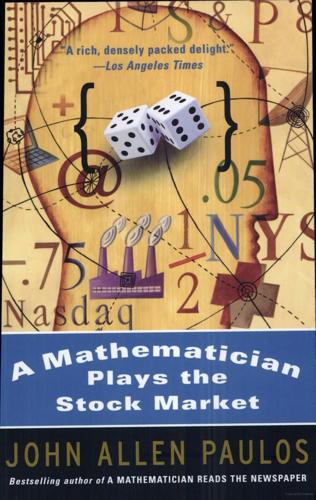
A Mathematician Plays the Stock Market
by
John Allen Paulos
Published 1 Jan 2003
Given the payoffs and human psychology, the most likely outcome is for both to confess; the best outcome for the pair as a pair is for both to remain silent; the best outcome for each prisoner as an individual is to confess and have one’s partner remain silent. The charm of the dilemma has nothing to do with any interest one might have in prisoners’ rights. (In fact, it has about as much relevance to criminal justice as the four-color-map theorem has to geography.) Rather, it provides the logical skeleton for many situations we face in everyday life. Whether we’re negotiators in business, spouses in a marriage, or nations in a dispute, our choices can often be phrased in terms of the prisoner’s dilemma. If both (all) parties pursue their own interests exclusively and do not cooperate, the outcome is worse for both (all) of them; yet in any given situation, any given party is better off not cooperating.
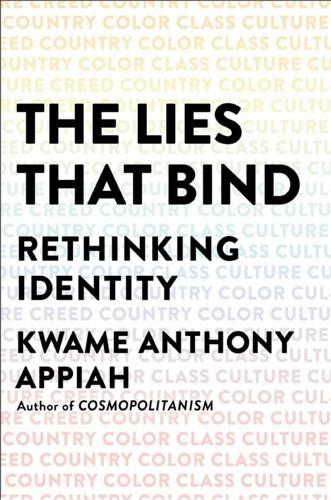
The Lies That Bind: Rethinking Identity
by
Kwame Anthony Appiah
Published 27 Aug 2018
(The elite members of a football team have an advantage in honor, as well as in earnings, over its benchwarmers, but class isn’t the right way to describe the arrangement.) Heritability is part of the picture; so is the prospect of upward or downward mobility. The connection between class and wealth, though complex, is indissoluble. You can start to see why class became the four-color-map problem of the social sciences. The more variables we try to account for, the harder it is to solve. Indeed, given the uncertainties about precisely how class identities might be defined or demarcated, a number of sociologists have, over the decades, sought to banish the term—to abolish “class,” if not class.
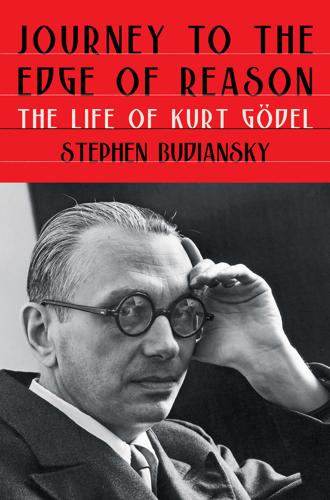
Journey to the Edge of Reason: The Life of Kurt Gödel
by
Stephen Budiansky
Published 10 May 2021
An attractive young schoolteacher from Venice, California, sent a snapshot of herself posing in front of a large-format reproduction of the Eisenstaedt portrait posted on the wall of her classroom, which she explained in an accompanying note “serves two purposes: it intimidates the students, and it inspires me.” An irrigation engineer in India and other self-taught amateurs sent him their supposed solutions to the four-color map problem, crackpot philosophical treatises, and (from an employee of an air-conditioning company) a proof that the Second Law of Thermodynamics implies the negation of the Axiom of Choice. Gerald Sacks thought Gödel was far too kind to all the cranks who would call up to talk to him. “He was an extremely courteous man,” Sacks observed.
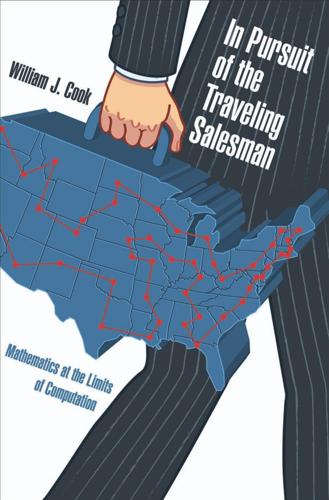
In Pursuit of the Traveling Salesman: Mathematics at the Limits of Computation
by
William J. Cook
Published 1 Jan 2011
The same trick allows us to two-color the regions lying outside of the Hamiltonian circuit, yielding altogether a four-coloring of the map. In the example, the inner regions are colored dark yellow and light yellow, and the outer regions are colored dark blue and light blue. Tait knew that not all maps have Hamiltonian circuits through their borders (the map of the continental United States is a ready example), but available tricks allowed the four-color problem to be restricted to maps such that each vertex of the border graph meets exactly three edges. Furthermore, the border graph could be assumed to be three-connected, that is, it is impossible to break the graph into two parts by deleting one or Origins of the Problem two vertices.

Artificial Intelligence: A Modern Approach
by
Stuart Russell
and
Peter Norvig
Published 14 Jul 2019
Lucas and Penrose falsely assume that humans can somehow get around these limits, as when Lucas (1976) says “we must assume our own consistency, if thought is to be possible at all.” But this is an unwarranted assumption: humans are notoriously inconsistent. This is certainly true for everyday reasoning, but it is also true for careful mathematical thought. A famous example is the four-color map problem. Alfred Kempe (1879) published a proof that was widely accepted for 11 years until Percy Heawood (1890) pointed out a flaw. Third, Gödel’s incompleteness theorem technically applies only to formal systems that are powerful enough to do arithmetic. This includes Turing machines, and Lucas’s claim is in part based on the assertion that computers are equivalent to Turing machines.
…
E., 515, 667, 1086 Fortran, 807 forward-backward, 488, 795 FORWARD-BACKWARD, 488 forward chaining, 248, 248–249, 265, 304–311, 329 forward checking, 178, 178 forward kinematics, 947 forward message, 487 forward pruning, 205 forward search for planning, 366–368 Foster, G., 901, 1090 Fouhey, D., 1015, 1095 four-color map problem, 188, 1034 Fourier, J., 188, 1095 Fowlkes, C., 1028, 1105 Fox, C., 560, 1095 Fox, D., 667, 984, 987, 1089, 1095, 1112, 1115 Fox, M. S., 401, 1095 FPGA, 45 frame, 41, 359 FrameNet (lexical database), 357 frame problem, 257, 267, 268 representational, 257 framing effect, 529 Francis, J., 549, 1101 Franco, J., 266, 1095 Francois-Lavet, V., 871, 1095 Francon, O., 137, 161, 1106 Frank, E., 738, 1117 Frank, I., 222, 1095 Frank, J., 47, 1086 Frank, R.

How the Mind Works
by
Steven Pinker
Published 1 Jan 1997
Something must have impelled him to explore strange new worlds, to seek out new civilizations, and to boldly go where no man had gone before. Presumably it was intellectual curiosity, a drive to set and solve problems, and solidarity with allies—emotions all. And what would Spock have done when faced with a predator or an invading Klingon? Do a headstand? Prove the four-color map theorem? Presumably a part of his brain quickly mobilized his faculties to scope out how to flee and to take steps to avoid the vulnerable predicament in the future. That is, he had fear. Spock may not have been impulsive or demonstrative, but he must have had drives that impelled him to deploy his intellect in pursuit of certain goals rather than others.
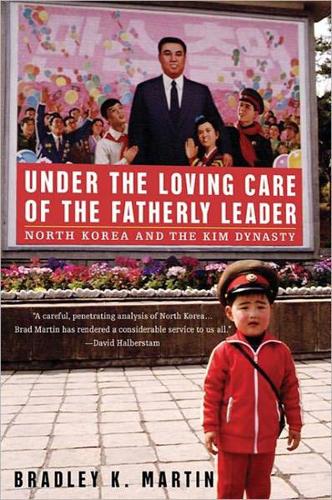
Under the Loving Care of the Fatherly Leader: North Korea and the Kim Dynasty
by
Bradley K. Martin
Published 14 Oct 2004
Rajin and Sonbong port officials planned to expand cargo capacity from six million to 50 million tons a year in two stages—and also planned to build a brand new port in the area with annual capacity of another 50 million tons. Unlike some nearby Russian ports, they boasted, the North Korean ports didn’t freeze up in winter. A slick brochure complete with four-color maps projected that the population of 131,000 North Koreans living in the vicinity of the two ports would grow into a modern industrial city of a million people. Conceivably a purely North Korean economic zone could work, if South Korean, Japanese or other foreign interests invested in factories there.
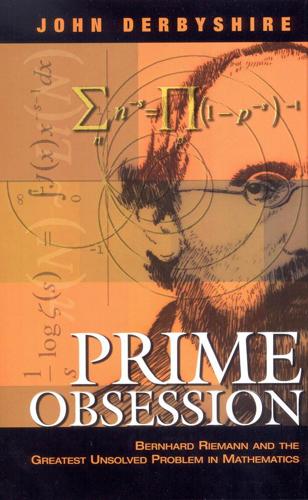
Prime Obsession:: Bernhard Riemann and the Greatest Unsolved Problem in Mathematics
by
John Derbyshire
Published 14 Apr 2003
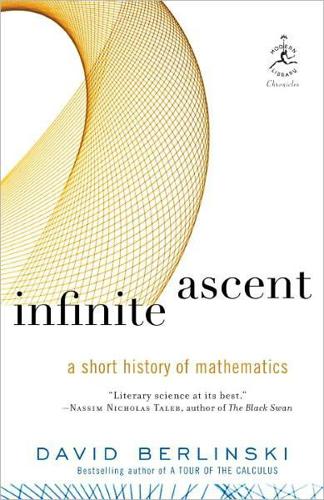
Infinite Ascent: A Short History of Mathematics
by
David Berlinski
Published 2 Jan 2005

Chasing New Horizons: Inside the Epic First Mission to Pluto
by
Alan Stern
and
David Grinspoon
Published 2 May 2018
Its name came from a silly joke referring to the old Honeymooners’ TV show characters, Ralph and Alice Kramden. Whereas Alice’s objective was primarily to study Pluto’s atmosphere, Ralph’s objective was to map and also determine the composition of Pluto’s surface. The size of a hat box, Ralph contains two black-and-white cameras, four color filter cameras, and an “infrared mapping spectrometer” to map surface compositions. Ralph can see colors that are redder than any red humans can see, at wavelengths which are called infrared, where minerals and ices have characteristic spectral features that can be used to reveal the surface materials at any given location in Ralph’s field of view.

The Color of Money: Black Banks and the Racial Wealth Gap
by
Mehrsa Baradaran
Published 14 Sep 2017
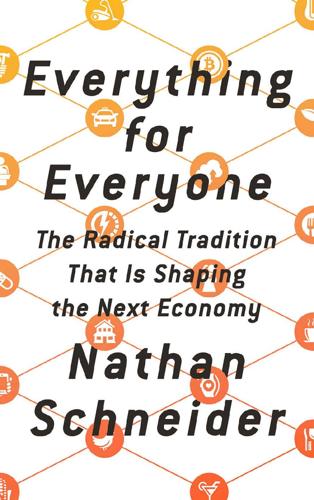
Everything for Everyone: The Radical Tradition That Is Shaping the Next Economy
by
Nathan Schneider
Published 10 Sep 2018

Data Action: Using Data for Public Good
by
Sarah Williams
Published 14 Sep 2020
Community groups in Chicago's Austin neighborhood in the 1960s coined the term “redlining” in reference to the red lines that lenders and insurance providers admitted to drawing around the areas where they would not provide mortgages.63 Bartholomew's zoning maps provided the impetus for disinvestment in African American communities that the Home Owners’ Loan Corporation (HOLC) maps (1933–1936) continued (figure 1.24). HOLC maps identified mortgage risk in 239 cities across the United States, using four categories. The highest risk—the red color on HOLC maps—identified African American communities, areas with so-called incongruent uses and poor housing stock. 1.24 Home Owners’ Loan Corporation maps of Chicago, showing the inner-city African American neighborhoods in red. Source: Form-Based Codes Institute, “Zoning for Equity: Raising All Boats,” 2019, https://formbasedcodes.org/blog/zoning-equity-raising-boats/.

A Walk in the Woods: Rediscovering America on the Appalachian Trail
by
Bill Bryson
Published 8 Sep 2010
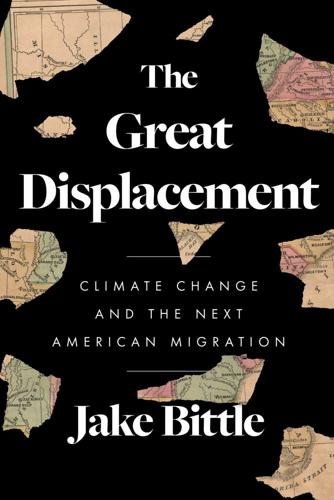
The Great Displacement: Climate Change and the Next American Migration
by
Jake Bittle
Published 21 Feb 2023
Most houses in the communities are already elevated, but if residents didn’t have pickup trucks with high suspension, it wasn’t safe for them to drive out to the main highway. When I drove through Stillwright Point a year later, the county had placed flood barriers—they looked like long orange burritos—to protect the streets from flooding, but the tides had crept in anyhow, covering several laneways with three or four inches of khaki-colored water. According to Haag’s map, another foot of sea-level rise would mean almost year-round inundation. One resident from Stillwright Point told me that residents in his neighborhood have already begun to jockey with residents from Twin Lakes over which community will be the first to get its roads raised.